Hello! Everybody! It is the blog: How Unique Japan! For this page, we will write about the Edo society! (If you haven’t seen the page yet, please try here!)
Then, there should be one question. How had the top organization (Bakuhu) kept the city for so long? The government banned trading with other countries and traveling (except to Portugal). It was a challenge for Bakuhu to keep the economy active without the trading.
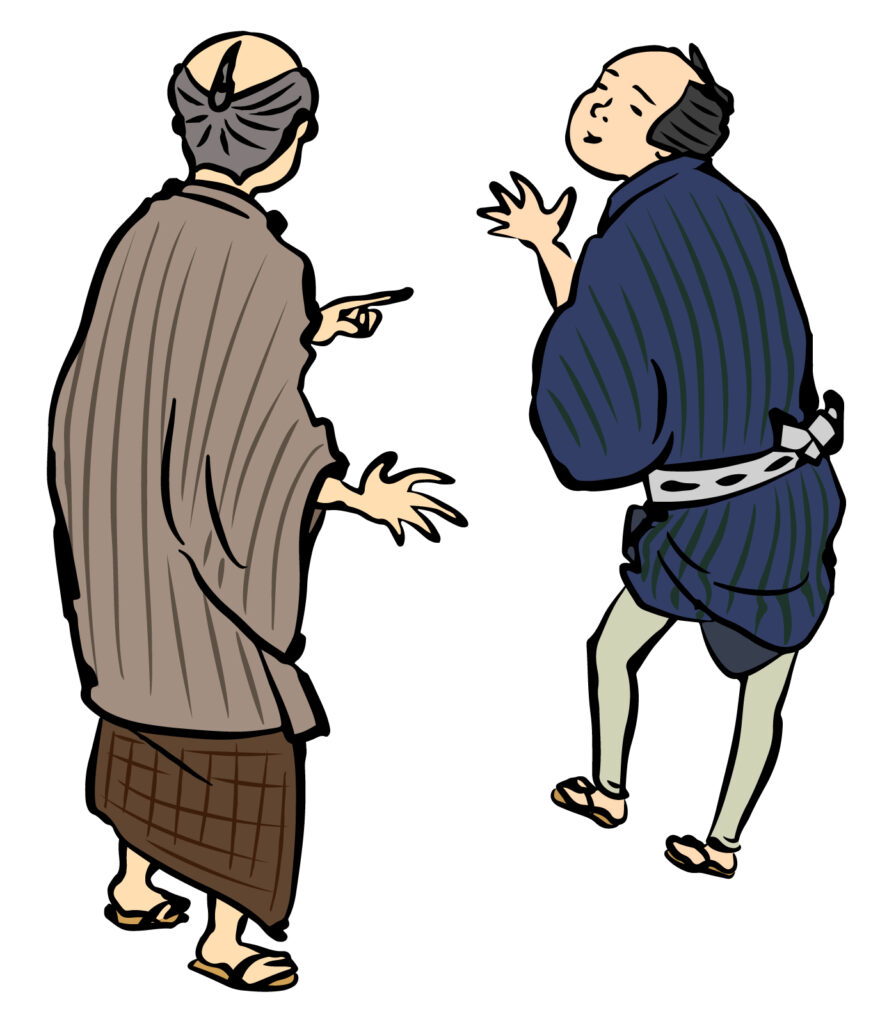
The Recycling Society Edo
The solution is to recycle any products till each becomes completely useless.
It sounds like a standard solution.
However, the city had seriously taken that method. For example, there were so many repair workers working in the city.

Another reason why Edo citizens took the way is that almost all products were from plants.
They could easily take the recycling method. At first, growing plants. Then, harvesting and creating any products. When any products become useless, they can work as a good fertilizer. It is a nearly perfect cycle.
Next, let’s acknowledge details on how the city utilized the recycling system and how it leaned on the repair workers.
The jobs concerned with recycling
Cloth(es) can be anything
Although the city was wealthy, the average citizen’s clothes were 2nd hand.
When clothes develop a hole, the Japanese traditionally patch them and continue to use them. If the clothes got too worn out, they cut them into pieces. Then, the pieces became wipers or diapers.
(Some wipers are called Tenugui. If you want to know, click here!)
However, it was not the end. There were many cloth buyers with needlework skills. They bought pieces of cloth from each house and fixed them to look new.
Fun fact. That was why the needlework skill was necessary for all Japanese women. (Because men worked outside in the daytime). There was a saying that a woman who doesn’t have the skill would get no husband.
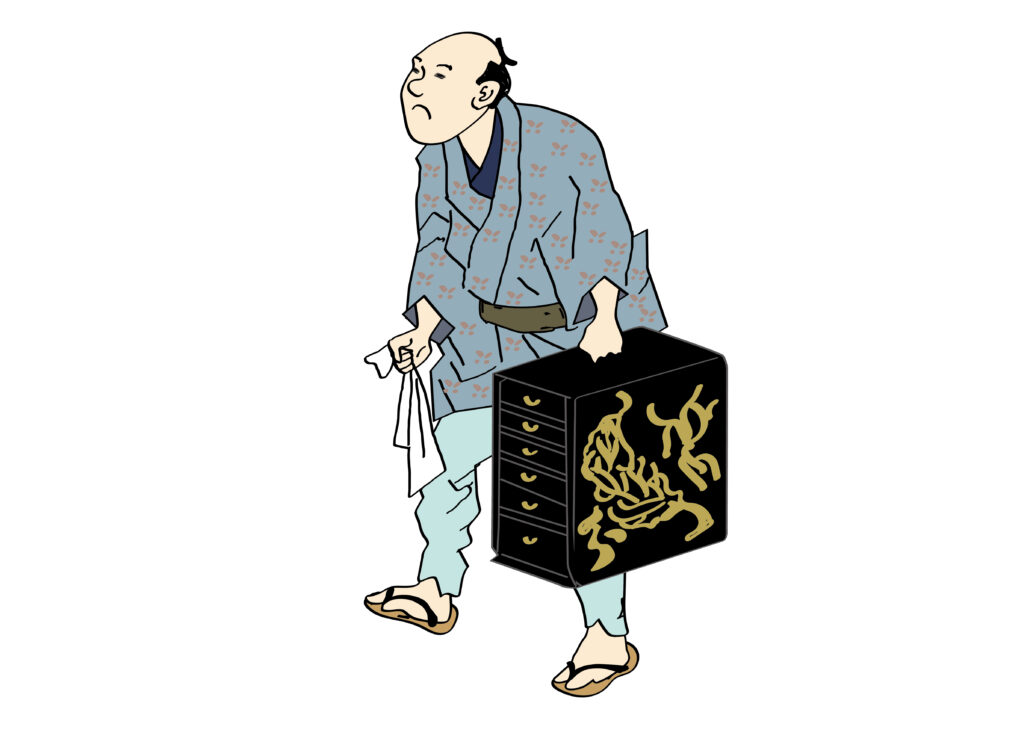
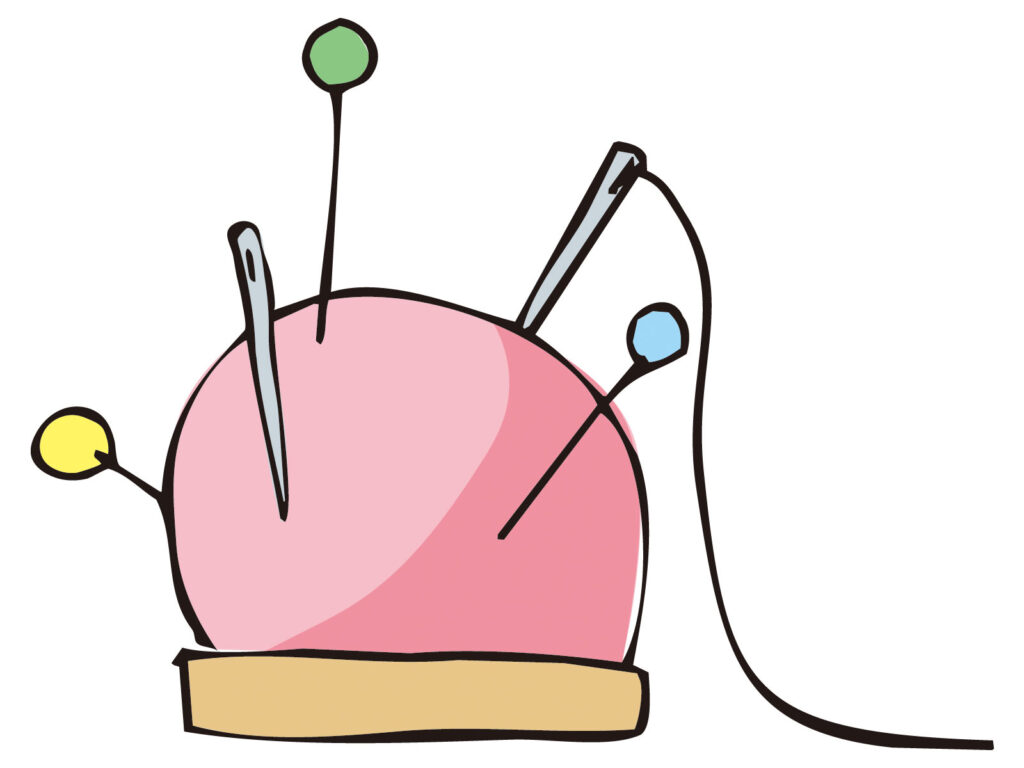
Any pot could last for long
Any products made from iron were so important. Thus, the citizens treated the pot with great care.
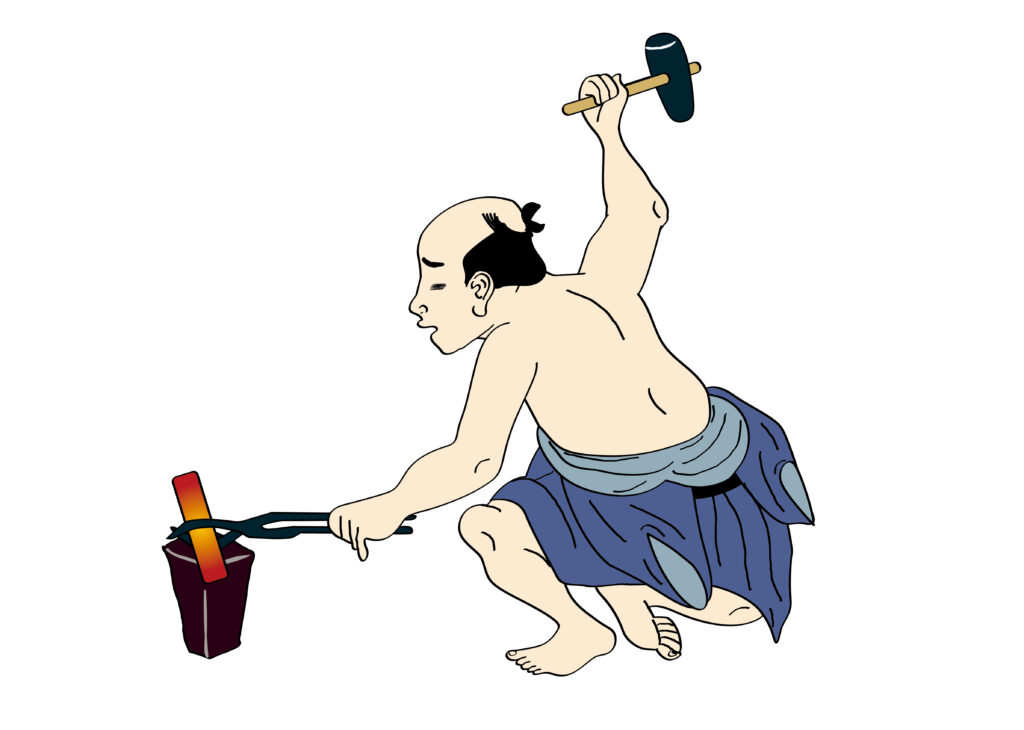
It was a waste to throw it away, even though it sometimes had a hole or a crack.
The solution was up to the repairman again.
There were many pot soldering technicians walking and calling customers around the city with fixing equipment, like cloth buyers. They were named Ikake-ya.
Surprisingly, they always had a PORTABLE BURNER. So, they quickly fixed the damaged pots whenever the customers brought a broken one to them.
Fun fact. The repairman did not have a technique to create a pot from iron. They were specialists in only soldering.
Any fertilizer buyers
OK. The citizens reused any products. Surprisingly, it included HUMAN EXCREMENTS.
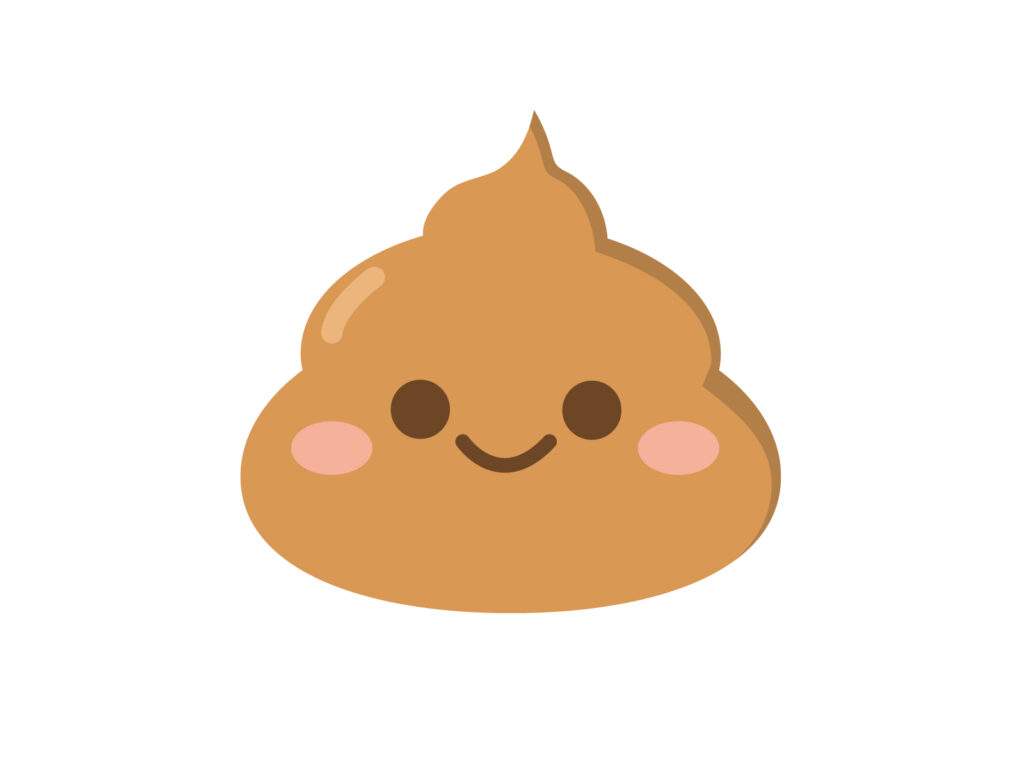
At that time, every residential area had many simple bathrooms/toilets, like the public ones.
The buyers (called Shimokoe-ya) paid landowners of the residential area to gather Poop from the public toilets and then exchanged it with farmers.
Fun fact. The buyers didn’t accept only human excrement. There were also from horses or other animals (for example, cows).
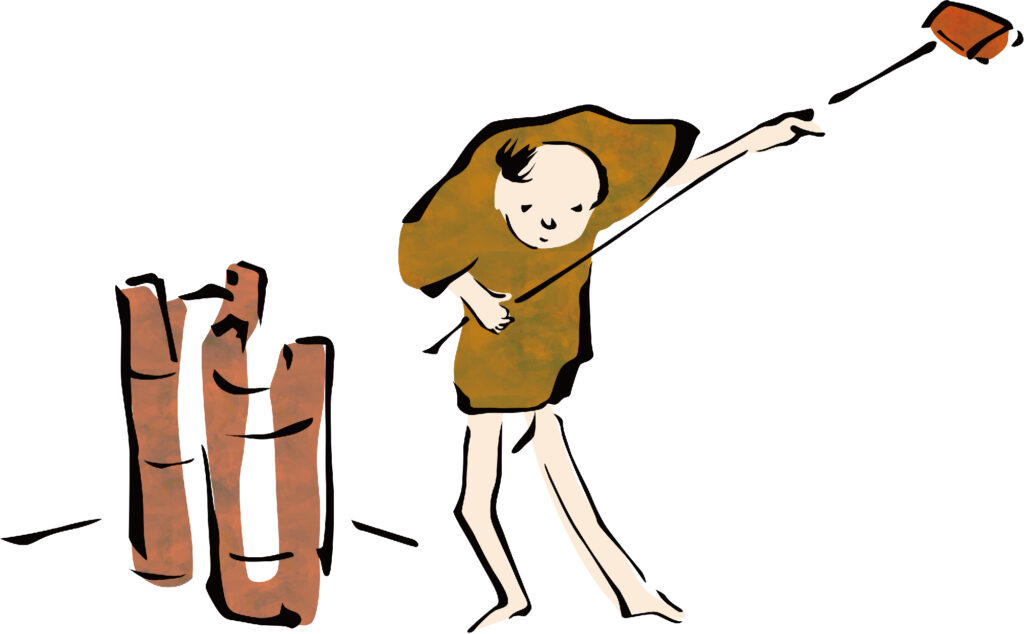
Ash buyers
The fertilizer was not only from excrement. The ash from fireplaces in each house could be another good.
At that time, fireplaces (called Kamado) were essential. Thus, the amount of waste (ash) came every day.
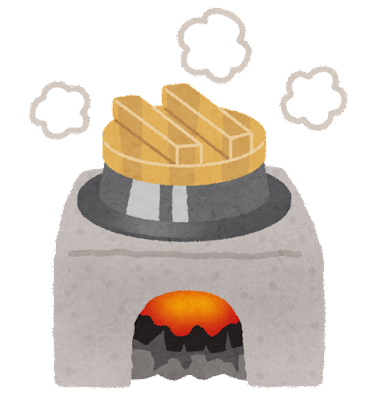
The ancient Japanese never took it as just garbage. There were other buyers for ash. They visited each house and purchased the ash, which they traded with the farmers.
Fun fact more
There has been a famous word since the recycling society existed. It is “Mottainai”
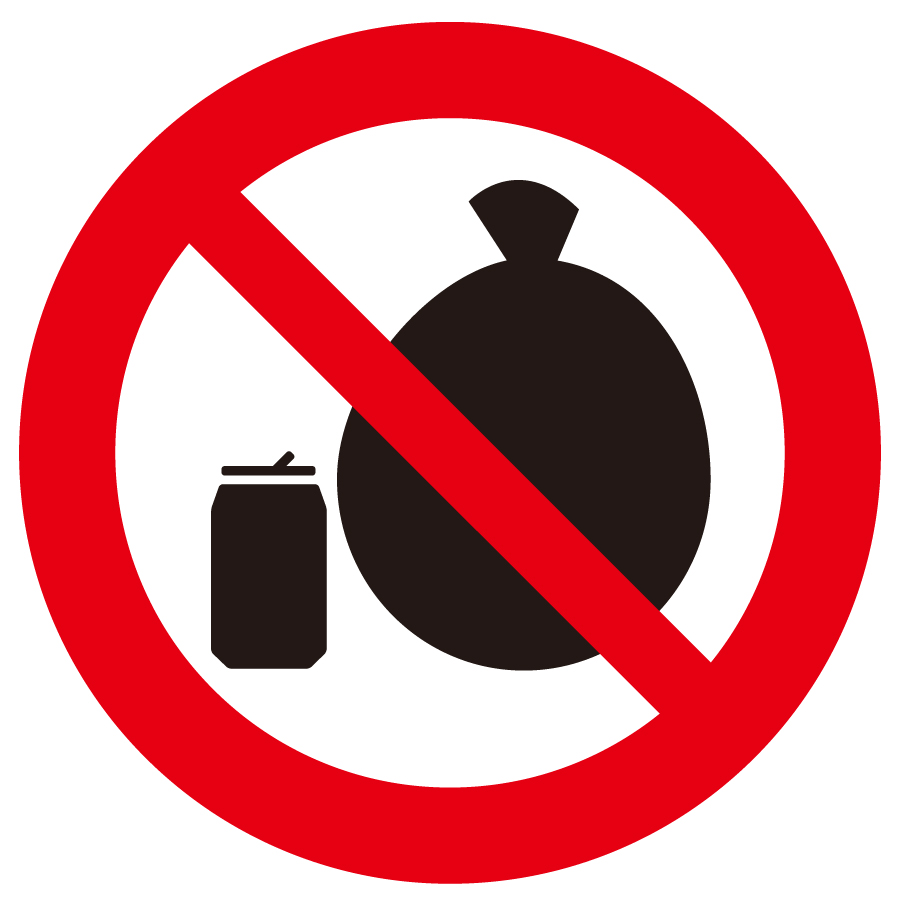
In a straight translation, it could be said (Such a waste!). So, an appreciation for any products still lives in the Japanese attitude.
For example, please see the following pictures. Those are pottery cups from the Edo era (they are almost 150 years old!). However, it is still a popular product, which means such old cups could be everywhere in Japan. Especially in the free market zones, they would be in the spot.
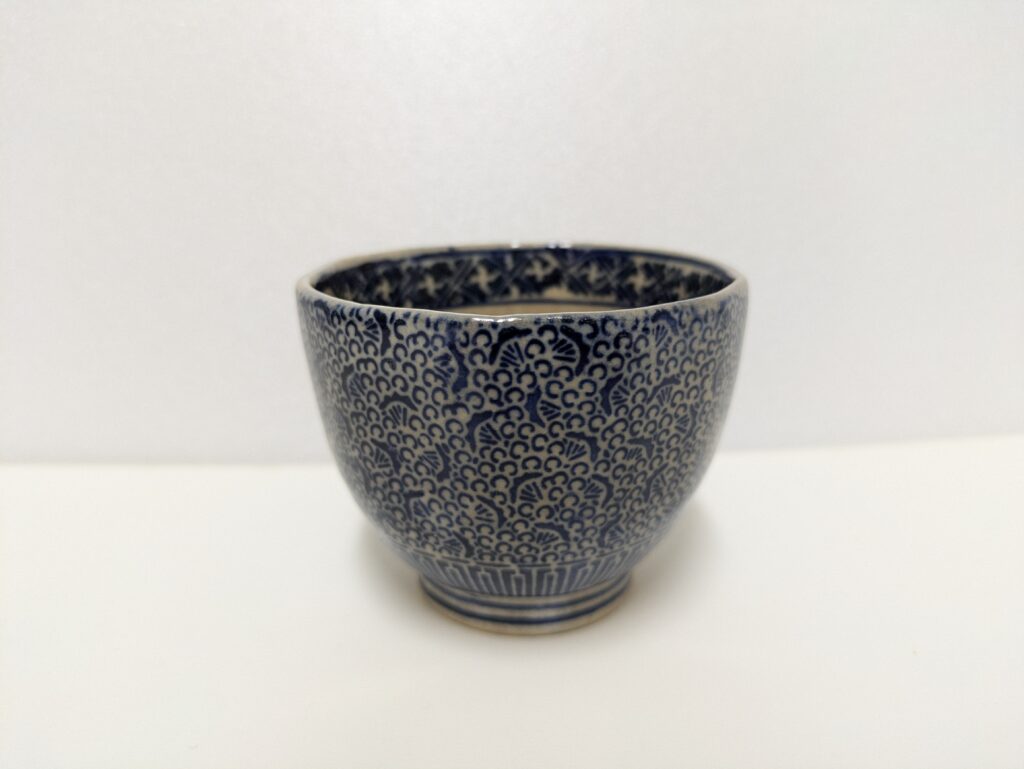
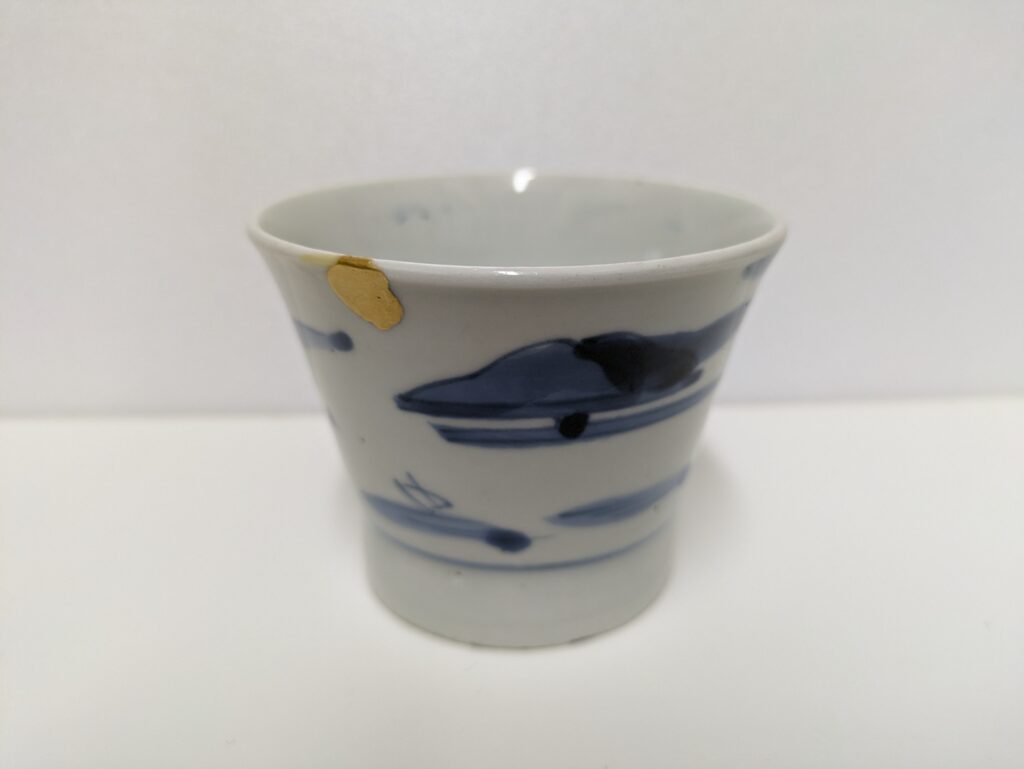
There is another proof of how the Japanese treat them (any products) with respect.
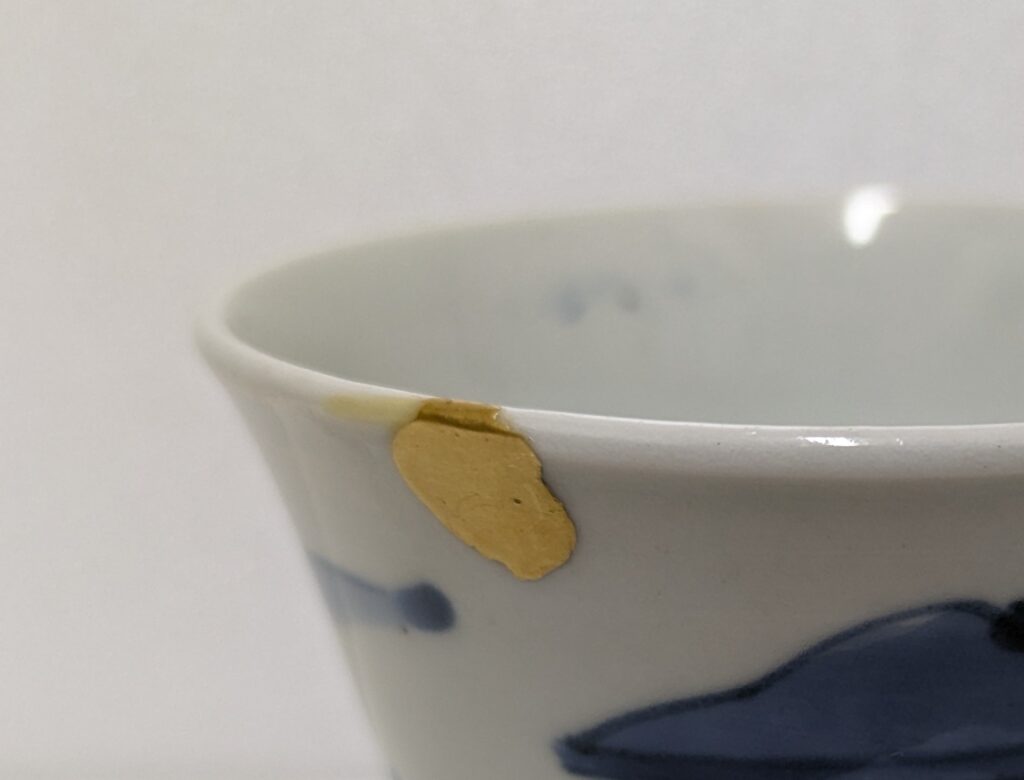
Please see the picture again. You might recognize that one cup has a golden spot. It is the spot where it got a crack a long time ago. They fixed it by soldering it with tiny pieces of gold. Surprisingly, some of the fixed cups/plates would be more expensive when the
quality became better.
To close
There were many repairers and buyers for the recycling system of Edo City.
It was a good solution that kept the city capable for a long time without trading with any countries.
However, it is not yet. If you are interested in the political theory of the Edo era, you can find some tips there.
It is not yet. We still have more articles categorized into four. They are about Japanese lifestyle, food, the Edo era, and religion.
Oh! Why don’t you check the front page of our blog? Click and try to read.
Thank you for reading this article!
SEE YOU FOR THE NEXT ONE!
